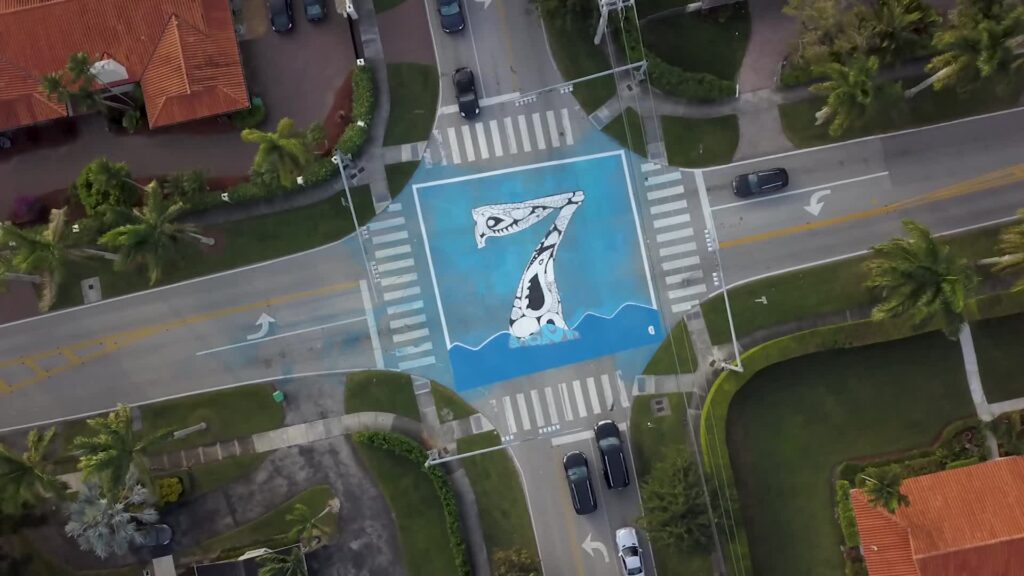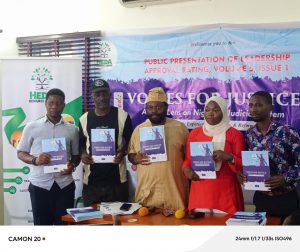Rising seas are turning Miami’s high ground into hot property

In Miami these days, it’s all about elevation, elevation, elevation.And long before melted ice caps wash over Ocean Drive, one of America’s most vulnerable big cities is becoming a test case for the modern problem of climate gentrification.While some scientific models predict enough polar ice melt to bring at least 10 feet of sea level rise to South Florida by 2100, just a modest 12 inches would make 15% of Miami uninhabitable, and much of that beachside property is among America’s most valuable. READ: Millions of US homes at risk of chronic flooding this century, study saysEven now, as more frequent “king tides” bubble up through Florida’s porous limestone, pushing fish through sewers and onto streets, residents are becoming more aware that their city is built on the rippling shelves, ridges and canyons of a fossil seabed. “Water is simply going back to the same places it flowed ages ago,” says Sam Purkis, Chair of the University of Miami’s Geosciences Department. “The irony is what happened 125,000 years ago is going to dictate what happens to your house now.”The fickle undulations between city blocks could mean the difference between survival and retreat, and the rising cost of altitude is sparking a noticeable shift in community activism and municipal budgets.”We actually created in our first tranche of Miami Forever, a sustainability fund for people to renovate their homes so that they can stay in their properties rather than having to sell their properties,” he says.But that fund is a relatively small $15 million, not enough to dent a housing crisis that grows with each heat wave and hurricane, in a city where over a quarter of residents live below the poverty level. What’s happening in Little Haiti could be just one example of a “climate apartheid” that the United Nations warns is ahead, where there will be a gulf between the rich who can protect themselves from the impact of climate change and the poor who are left behind. Philip Alston, the UN Special Rapporteur on extreme poverty and human rights, said there was already evidence of how the climate crisis affects the rich and poor differently.And he pointed out that those hurt most were likely those least responsible. “Perversely, while people in poverty are responsible for just a fraction of global emissions, they will bear the brunt of climate change, and have the least capacity to protect themselves,” Alston wrote last month.






